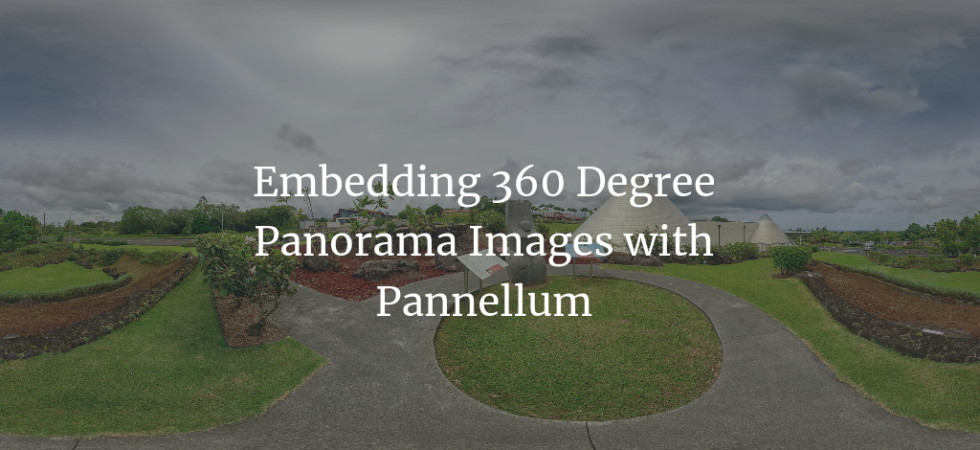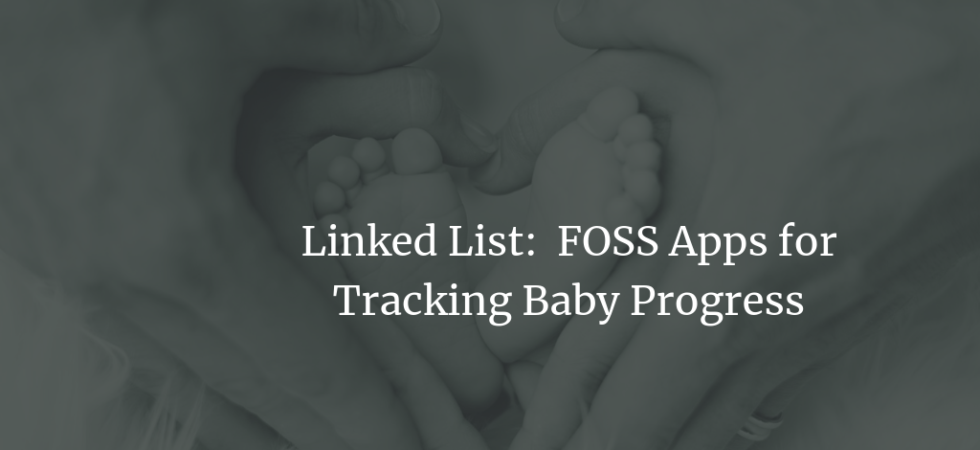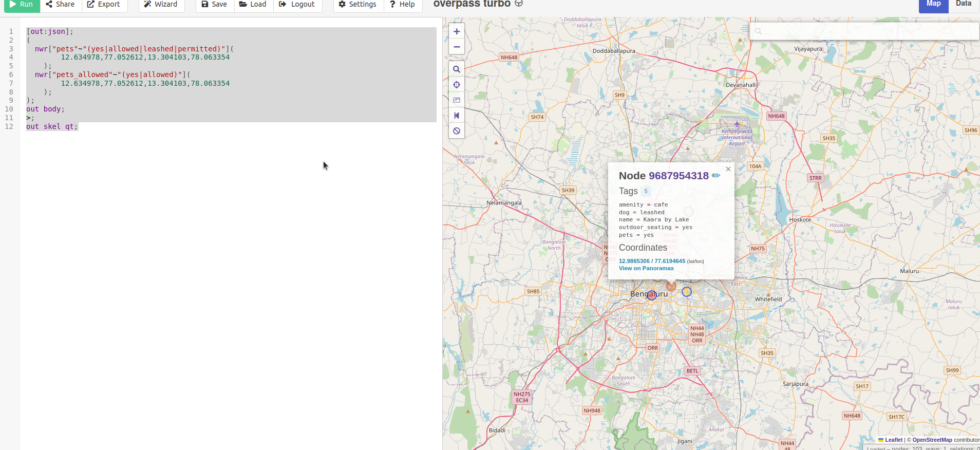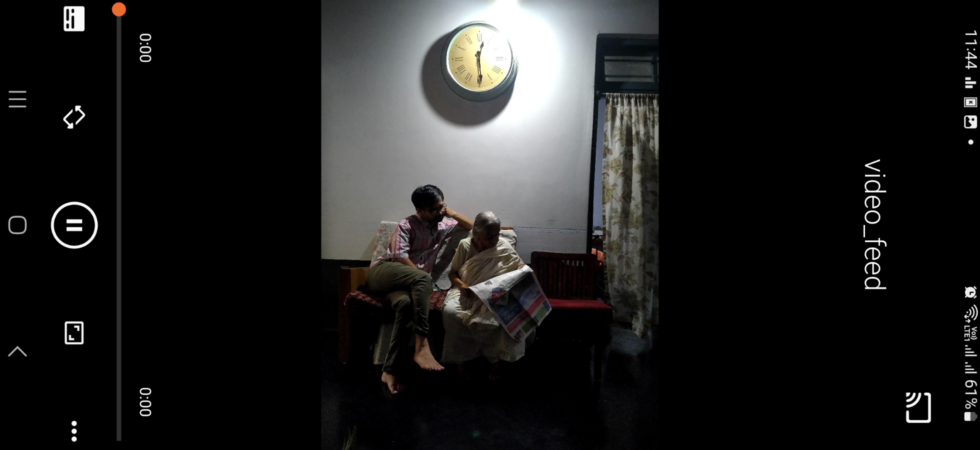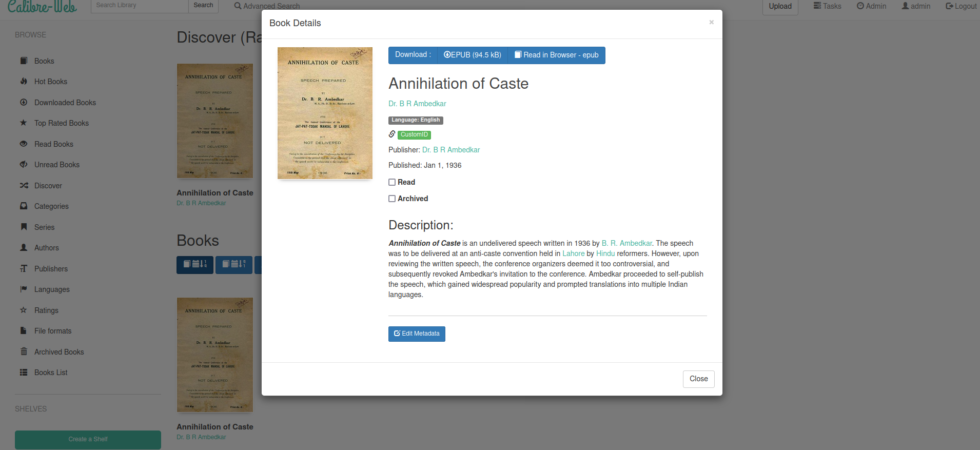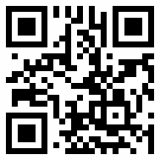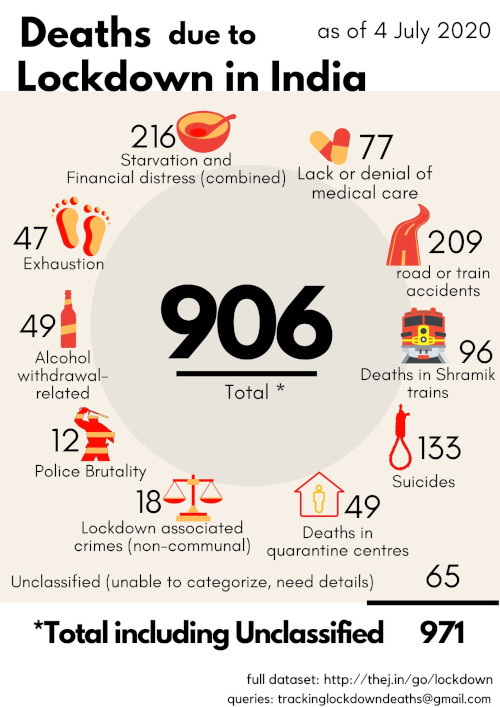Tagged: Free and Open Source
Recently, I wanted to embed a 360-degree panoramic image inside an HTML page. Many third-party viewers are available, but I wanted a simple, self-hosted version. This quest led me down a research rabbit hole, where I spent more time than necessary. This is what I learned, in simple words.
I have been using apps to track my baby’s progress. I mostly use self-hostable web apps that I can host on my home server or Android apps that work offline. All of which are FOSS. Except for the Milestone tracking apps :( They are not FOSS, but they are taxpayer-funded and freely available.
I have started mapping pet-friendly places in and around Bengaluru. I am considering the newer areas like Devanahalli, Hosakote, Nelamangala, Anekal, etc. Hence, the area I am mapping is bigger than the city of Bengaluru. For mapping pet-friendly places, there are two competing tags. pets and pets_allowed. Given that Pets is used a lot, I am...
I have many family, friends, and pet pictures on my home server that I wanted to present as a gallery on various devices. All these display devices are connected to the network. However, some devices have a browser, and some have video players. So, I had to figure out how to stream images...
I don’t buy DRMed books anymore. I stopped buying books on Kindle and also stopped using Audible. I have been buying only DRM-free eBooks or physical books. I use the FBReader App to read the books. It integrates well with FBReader Book Network to provide sync and backup features using OPDS. FBReader Book Network indirectly uses Google...
I have a set of static web apps that I like. They have no backend or server-side components. Some of them have a piece of storage; for example, they can store the data back to the user’s CouchDB, browser’s localStorage, URL, or remoteStorage. They all run in the browser. They are also called Unhosted apps....
